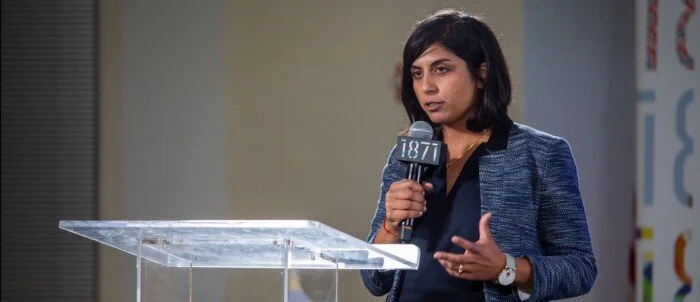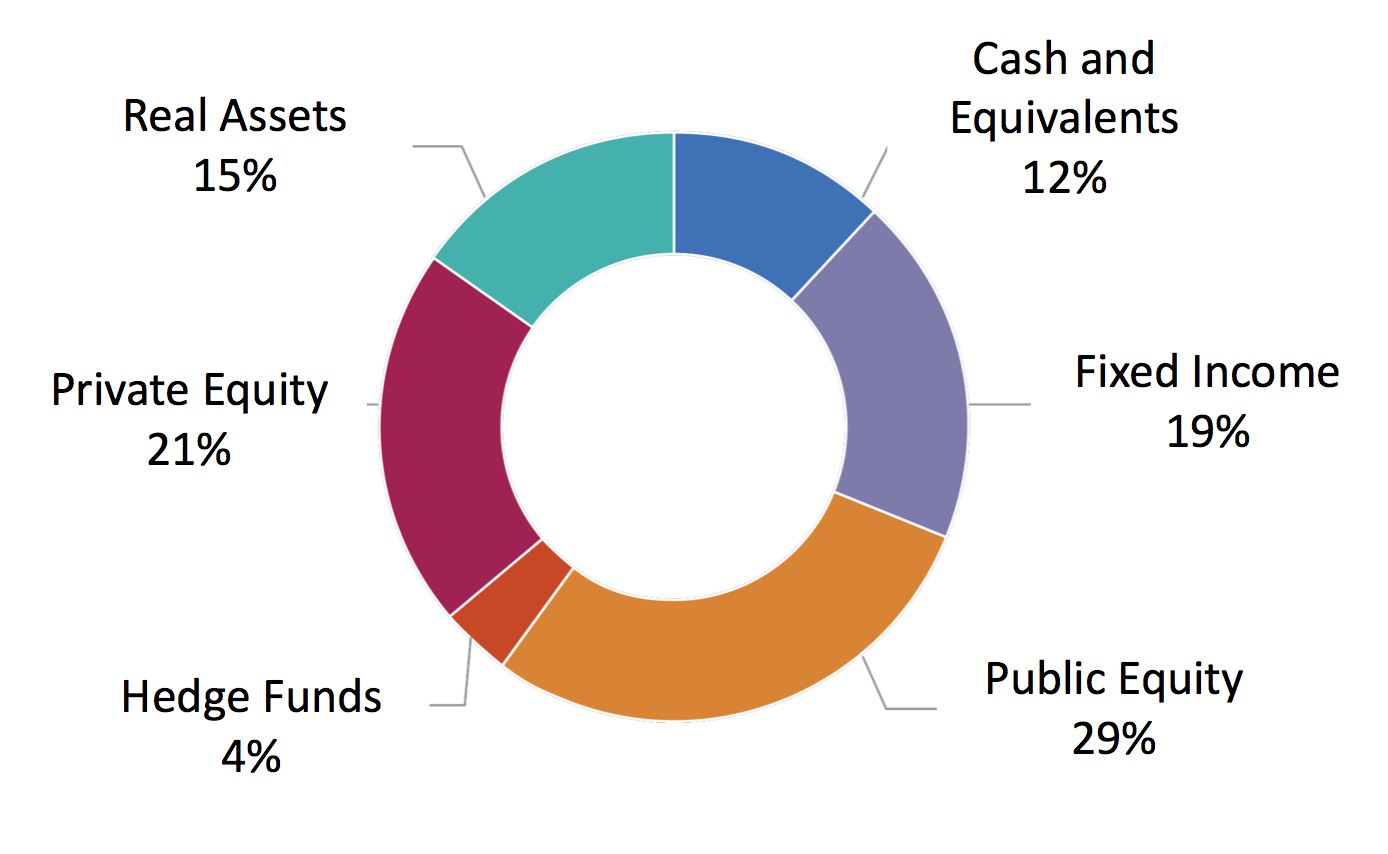The relationship between impact investors and public equity markets began long before the recent boom of traction and media coverage we see today. For decades, institutions and individuals have used public equity strategies to support their personal values or influence corporate behavior. Priya Parrish, Impact Engine’s Managing Partner of Private Equity, spoke to her experience as an institutional investor while moderating our “Impact Investing in Public Equities” panel, hosted by Legal & General Investment Management of America (LGIMA). Joining her was John Hoeppner of LGIMA and Steve Mesirow of Mesirow Financial, both of whom are veterans within the sustainable investment space. The panelists discussed their paths to sustainable investing, strategies, challenges, and expectations for the future.
Historical Evolution of Sustainable Investing in Public Equities
Priya began the conversation with an initial introduction to the divestment movement of the 1980s: “Much like a consumer boycott, investors can choose to divest from a company or actively engage with a board about specific business policies, with the theory that the company may change their practices. That’s exactly what happened when asset owners stopped investing in companies operating in South Africa, ultimately driving business out of the country and contributing to the end of the Apartheid.” In the latter half of the same decade, mutual funds began incorporating negative screens into their portfolios, with investors intentionally avoiding products like tobacco, gambling, and firearms manufacturers. Instead of a focus on shifting corporate behavior, asset owners sought to align portfolios and values.
Investors then began asking, “What is the materiality of these social and environmental factors?” The emphasis transitioned from alignment-focused investing to ESG factor integration, which is a more nuanced analysis of the different drivers of profits and revenues. And with this nuanced approach, mainstream asset managers began responding to client demand and creating products that considered these factors.
“As public markets strategies focused more heavily on factor integration, the causal relationship weakened,” Priya said. This is when she personally began gravitating towards impact investing, which entails investing in companies that are deliberately contributing to social issues as part of their business model. Priya noted that impact investing represents $224 billion of AUM today, saying “it’s smaller than the ESG AUM but it seems to have influenced a revival around the initial pillar of seeking to affect corporate behavior with public markets strategies.”
Public Markets Impact Investing Strategies
John Hoeppner, now the Head of US Stewardship and Sustainable Investments at LGIMA, was able to shed light on a few impact strategies he has encountered throughout his tenure:
Market theory is a style in which asset managers withhold investment, with the expectation they can influence price and consequently send a signal to the public company that they do not endorse their practices.
Transparency theory involves investors requiring companies to report on their gender pay gaps, environmental impacts, etc. with the expectation that the market will change prices as a result of transparency.
Rare theory assumes change occurs when an asset manager owns a significant piece of a company and uses that ownership to influence its practices so that they align with the manager’s values. This approach is the most proactive and aggressive, and normally requires that the asset manager owns a large portion of the company.
Steve Mesirow is a third-generation wealth advisor at Mesirow Financial, where his team manages money for high net worth families. Steve recently incorporated impact investing into the 81-year-old firm and uses deeply ingrained business values as a screen: be good to employees, treat the clients’ money as well as your own, and give back to the community. Steve noted that companies who treat their employees well ultimately develop a superior workforce. Additionally, companies who give back to their community and environment are more likely to recover after making a mistake, as they have better relationships with the public and government. “Superior corporate culture is a competitive advantage that’s unseen by the market. These advantages are very real but just overlooked,” Steve said.
Challenges
A major challenge that the panelists, as well as some guests, shared was the pressure for mass customization. Clients sometimes want to select impact objectives so specifically that they become limited in their options. For example, a client may want to only invest in companies that address the challenges of water scarcity or they want to avoid carbon entirely. As a result, they have eliminated so many companies and industries that they have reduced their potential for generating strong returns. Panelists noted that taking an approach of seeking to optimize financial and social returns across a broad portfolio may achieve stronger results.
Panelists also mentioned that a lack of advisors who are knowledgeable about impact investing can present a challenge as well, as many investment advisors will routinely advise clients to just invest regularly and donate to their desired charities.” Additionally, a bias still exists within the investment community that impact funds give up performance.
What We Can Expect
The ESG industry has grown significantly over the last 15 years. Today, 9 out of the 10 largest asset managers have an ESG offering. “Where does it go from here?” Priya asked of the panelists and audience. Both John and Steve emphasized the emergence of effective technology tools. With the introduction of new data software, asset owners will be able to have a much more precise understanding of their impact investments. Asset managers will claim their impact, but the data will be able to confirm their legitimacy. Steve noted, “The data from even the past 3 years is so much better than it was 4 or 5 years ago. It’s easier to make changes. Solutions are coming.”
Interested in attending an event like the one you just read about? Sign up for our newsletter, where you can receive information about our upcoming events.










